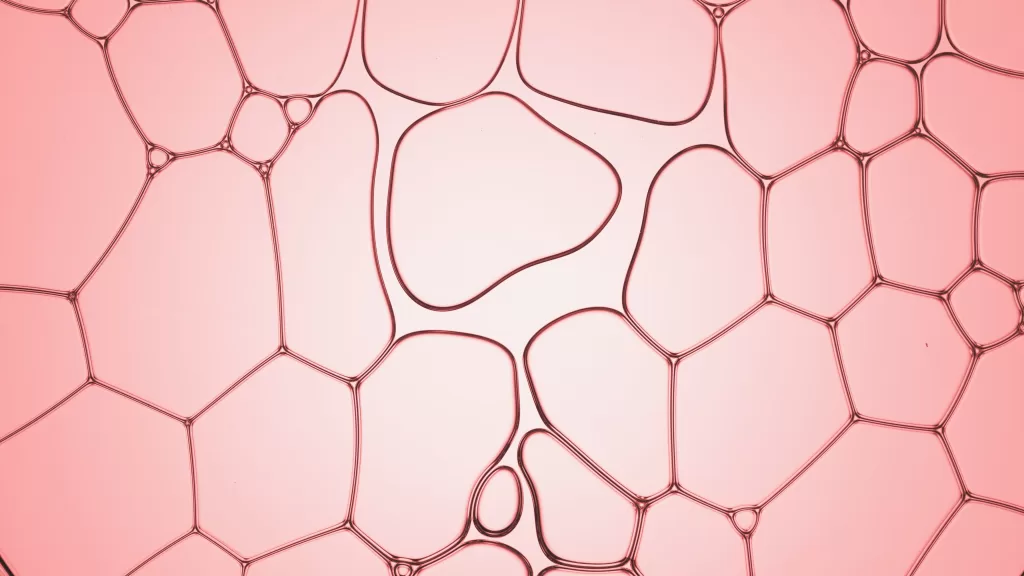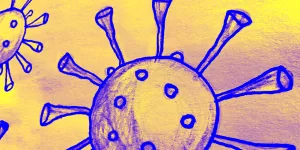Cell and gene therapy holds great promise for treating a wide range of diseases, from rare disorders to cancer. There are two primary approaches to unlocking the promise of cell and gene therapy: ex vivo and in vivo.
Ex vivo gene therapy involves extracting target cells from a patient, inserting a desired gene into those cells, and then transferring the modified cells back. The advantage of ex vivo therapy lies in isolating and modifying the target cells outside the patient’s body. This reduces the risk of off-target effects. Ex vivo therapy allows greater control over the selection of cells for modification, thereby reducing the risk of editing unintended cells.
One of ex vivo therapy’s biggest challenges is ensuring that modified cells effectively target only the desired cells. Known as “transductional efficiency,” this is a measure of the ability of the viral vector to infect only target cells. To achieve high transductional efficiency, retargeting might be necessary. This involves modifying the surface molecules of the viral vector through genetic engineering. For instance, one can insert a ligand at the surface of the viral vector to promote endocytosis and the entry of the vector genome through interaction with specific receptors on target cells.
Bouard et al. (2012) highlighted the importance of cell targeting in ex vivo therapy. Using viral vectors that transduce a large panel of cells (broad tropism) is not a problem. The critical issue for ex vivo therapy is the ability to restrict infection only to the target cells. Therefore, researchers must wage a delicate dance to modify viral vectors to ensure they only target relevant cells.
By contrast, in vivo gene therapy involves inserting a desired gene directly into an organism using a vector that transfers a gene to the target cells. Gene transfer is essentially gene therapy, which means genes are able to adapt information and replace or introduce new functions. In vivo therapy avoids the need for extraction and modification of cells outside the patient’s body.
However, in vivo therapy’s big disadvantage is the ability to selectively target desired cells. The viral vectors used in in vivo therapy inherit properties of the parent viruses. These may have evolved to infect a broad range of cells. Therefore, it is essential to investigate the replication and mechanism of action of the viral vector and its interaction with the natural host. Furthermore, the ability to effectively and selectively target desired cells requires circumventing host biological barriers, which can be difficult to achieve.
In vivo therapy also presents the risk of off-target effects, as the viral vector may infect nearby healthy cells. This can lead to unintended consequences, such as inflammation or cancer. Therefore, researchers must ensure that the viral vectors used in in vivo therapy are highly specific and targeted.
In vivo therapy’s dosage also introduces uncertainty. Unlike ex vivo therapy, in vivo therapy does not allow for precise control over the number of modified cells introduced into a patient. This too can lead to unintended consequences, such as toxicity or immune responses.
Despite the challenges, significant progress has been made in the field of gene therapy in recent years. In 2019, the FDA approved a gene therapy product to treat spinal muscular atrophy, marking a major milestone for the field. This and other successes in gene therapy have provided hope for patients with previously untreatable conditions.



